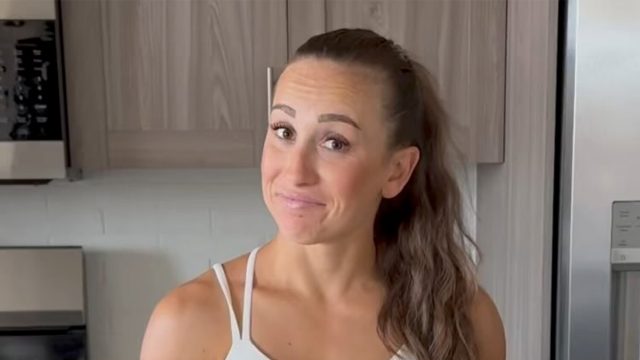Don't Believe These Weight Loss Myths, Warns Sadie Rigby
Getting started on your fitness journey can seem overwhelming. After all, there are so many workouts to choose from, and there is conflicting information on the best way to lose weight and burn body fat. Sadie Rigby is a social media influencer and personal trainer and is committed to encouraging a "strong, not skinny" approach to health. In her many viral posts, she attempts to bust common myths so that people can become the strongest version of themself. In a new Instagram post, she busts one of the biggest fitness myths.
Myth: You Need to Do Cardio First to Lose Weight, Then Weight Training

Here is the fitness question Sadie gets asked all of the time: Do you need to do cardio first to lose weight and THEN do weight training?
Lifting Weights Boosts Metabolism Even After Your Workout, She Says

The answer is no, she says. "Weight training is your #1 tool for targeting fat! This is because it boosts your metabolism while forcing your body to cling to its muscle! So this means even after a weight lifting workout, you are still burning a higher amount of energy for 12-24 hours after your workout as your body repairs your muscles."
It Will Help You Target Fat Loss While Maintaining Muscle
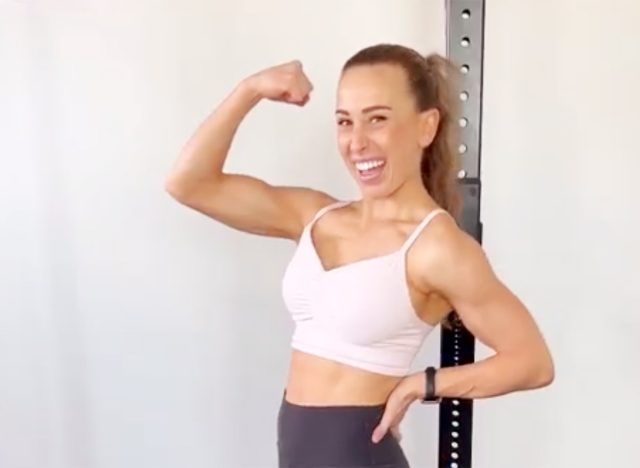
"Doing a good amount of weight training helps you specifically target fat loss while maintaining lean muscle," she continues. "You could run on the treadmill and burn some calories, or you could lift weights and cause your body to burn energy and lean out all day!"
RELATED: What to Eat in a Restaurant for Fat Loss
Cardio, on the Other Hand, Burns Calories
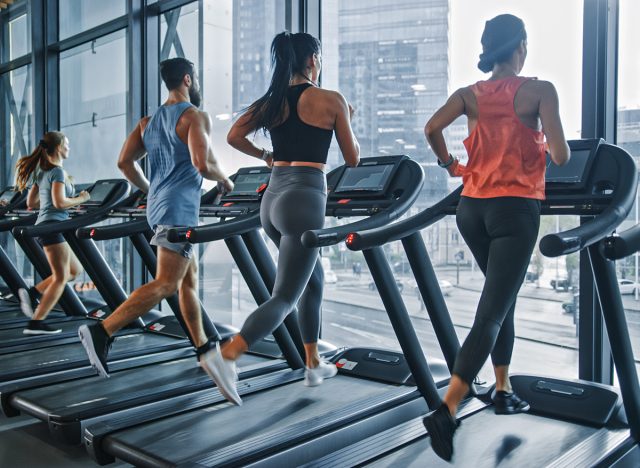
Sure, you can blast calories on the treadmill or elliptical. "Doing a lot of cardio burns calories and not necessarily fat," she points out.
It Can Cause Muscle Loss
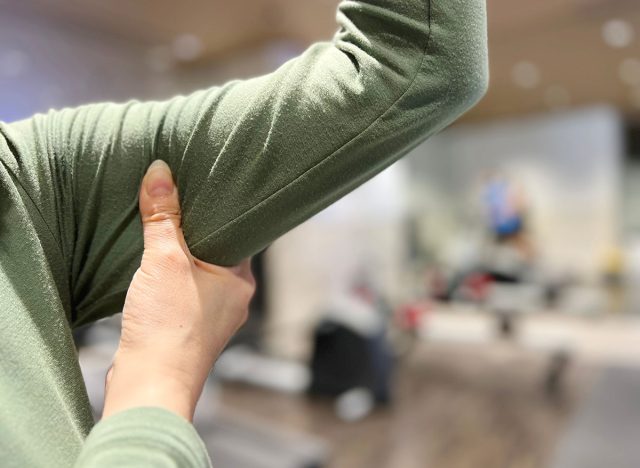
"It can also cause loss of muscle. Losing muscle means that as you lose weight, you will continue to have a 'soft' physique, not the athletic one you were hoping for. And worse, less muscle means less metabolically active tissue, strength, bone density, and more!" she continues.
Her Suggestions: Make Weight Training Your Primary Focus

"Whatever your goals may be – fat loss, muscle gain, change in physique or just a healthy lifestyle – I would recommend making weight training your primary focus!" she concludes. "It will boost your metabolism, enhance your muscle mass, improve your balance and mobility, increase your bone density, and so much more!"
RELATED: 7 Ways to Accelerate Your Metabolism Naturally
There Are Lots of Benefits to Strength Training
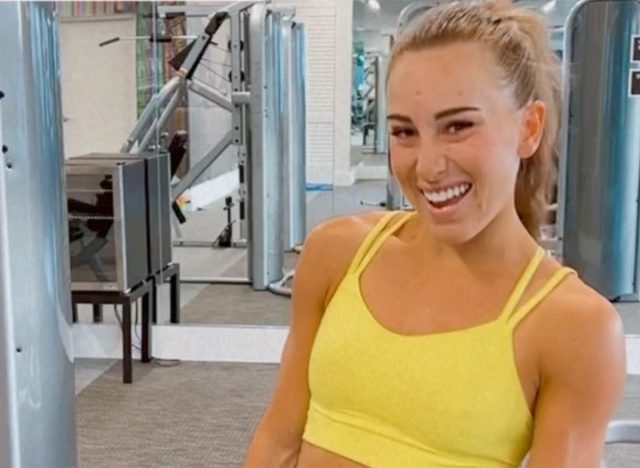
According to the Mayo Clinic, strength and weight training help reduce body fat, preserve and increase lean muscle mass, and burn calories more efficiently. Strength training may also help you:
- Develop strong bones
- Manage your weight
- Enhance your quality of life
- Manage chronic conditions
- Sharpen your thinking skills
Add Incline if You Do Cardio
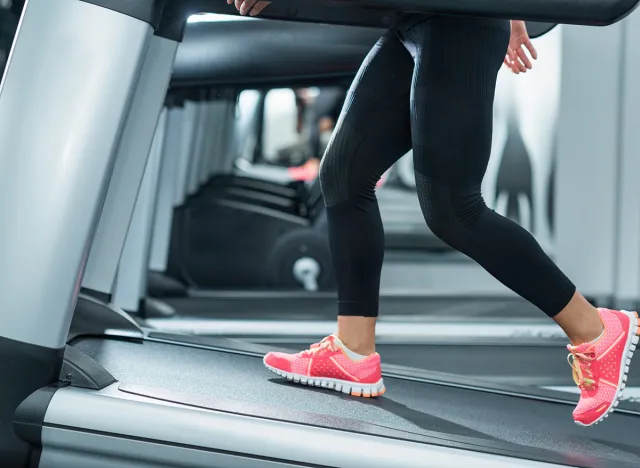
If you are going to do cardio, like walking, add some resistance by doing so on an incline, which burns more calories than walking fast –- or even running – on a flat surface, which is why many experts suggest upping your incline. A 2013 study even found that walking on a 2 to 7 percent incline increased heart rate by almost 10 percent when compared with running on a flat surface.
💪🔥Body Booster: Strength training is the best workout to maximize fat loss and tone muscles.
